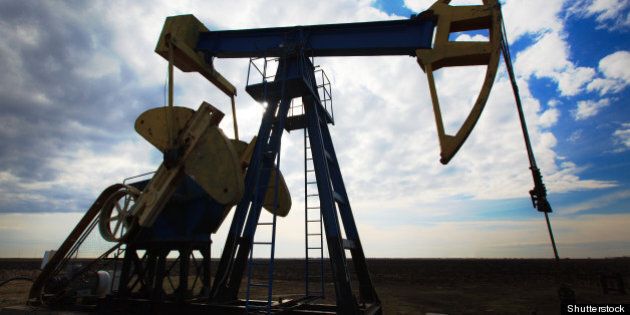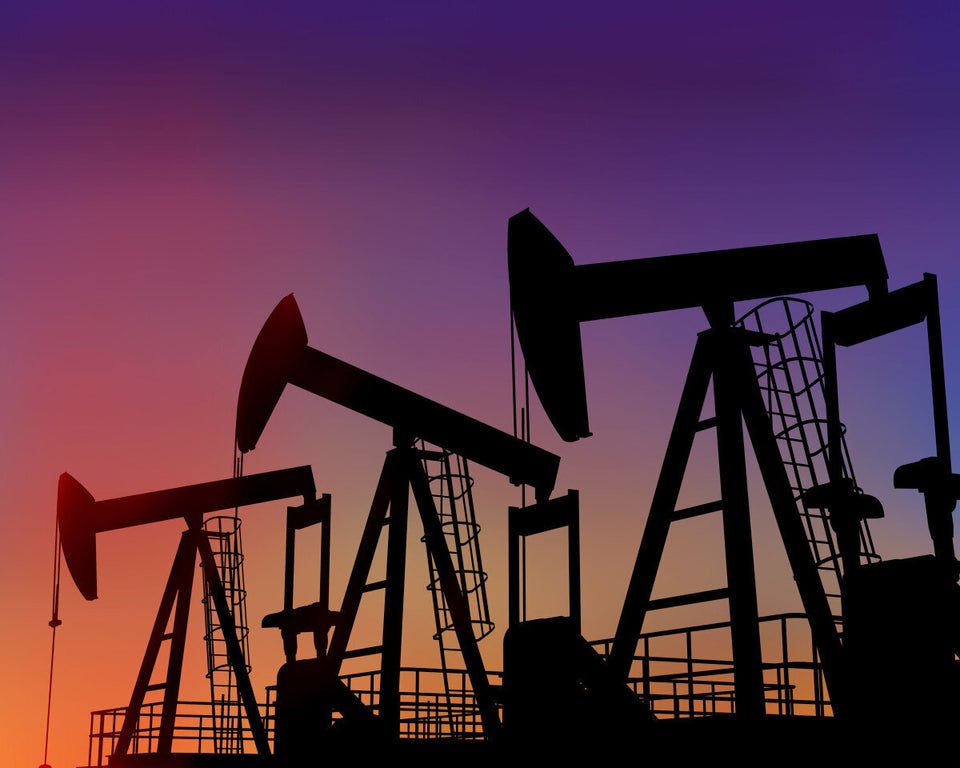
Canadians take it for granted that our environment and health should be protected when it comes to huge new energy projects. What if that's no longer the case?
Canada's ability to oversee large energy projects is crumbling. No matter which way you look at it, Canada's regulatory system just isn't up to the challenging task of protecting the health, environment and economy of Canadians from risky energy projects.
Let's consider this from a human resources perspective. The National Energy Board (NEB) is tasked with reviewing all federal energy projects. The board's unelected three-person panels, supported by a relatively small, overworked staff, is all that stands between Canadians and the risk of major environmental and economic calamities -- for example a pipeline oil spill into the Great Lakes.
The board has only 280 staff, but oversees 70,000 km of ageing pipeline infrastructure, as well as 750 new project applications each year. That in itself is a recipe for trouble. Add to the mix the frequency of pipeline accidents -- Canada had over 100 pipeline spills in the past two years -- and Canadians should be concerned about these numbers.
From a legal perspective, things are getting worse quickly. The omnibus Bill C-38 changed the federal Environmental Assessment Act to exempt almost all projects from requiring any kind of federal environmental assessment.
The federal government once reviewed between 4,000 to 6,000 projects every year. It's now projected they will only look at between 20 to 30. Environmental assessments were never a perfect tool, but at least they provided an opportunity for experts and the public to get transparent information, make comments and to ensure all serious risks were considered.
Not only have omnibus bills C-38 and C-45 rushed the regulatory process and made reviews of new energy projects less thorough, but as part of the omnibus bills, new rules have been created that appear intentionally designed to prevent public participation in hearings about new energy projects, such as the Line 9 pipeline project.
Last month, Environmental Defence and Greenpeace blew the whistle on the new rules requiring members of the public to submit a resume and references as part of a 10 page application form, just for permission to submit a letter to the NEB.
We asked, "Since when does someone's resume determine if they have the right to be concerned about what's happening in their home community?" The Globe and Mail editorial board wrote. "This seems less like streamlining than a form of silencing."
Barriers to public participation, weakened oversight and overworked staff -- not what you want for your regulatory system. This inadequate and impoverished system is now reviewing the Line 9 pipeline plan, a risky new energy project. Enbridge's proposal to reverse, expand and re-purpose its Line 9 oil pipeline to export tar sands oil through Ontario and Quebec is the first major energy project in Canada to test this new, weaker system.
The proposal to ship potentially more dangerous tar sands oil through an old pipeline that crosses every river flowing into Lake Ontario on the Canadian side, running directly thought the most populated part of Canada, is extremely risky. It puts the drinking water of millions at risk of an oil spill.
For a reminder of the risks, look to Michigan where a devastating oil spill in 2010 from a pipeline about the same age as Line 9 dumped more than 3 million litres of tar sands oil into the Kalamazoo river, causing widespread contamination. Or look to Arkansas where oil spilled down the suburban streets of the town of Mayflower, causing health problems and evacuations.
We don't want to see tar sands oil covering the streets of neighbourhoods in Ontario or Quebec. That's why environmentalists are asking for a full environmental assessment of Line 9.
Aside from the risks to drinking water and human health, new export oil pipelines will drive Canada's global warming emissions through the roof in coming decades, at a time when they should be quickly falling if we are to have any hope of preventing devastating climate change.
Responsible resource development isn't possible without meaningful oversight. And it's certainly not possible without full, transparent and public participation in the process.
Canadians need a better regulatory system. It's that simple.
